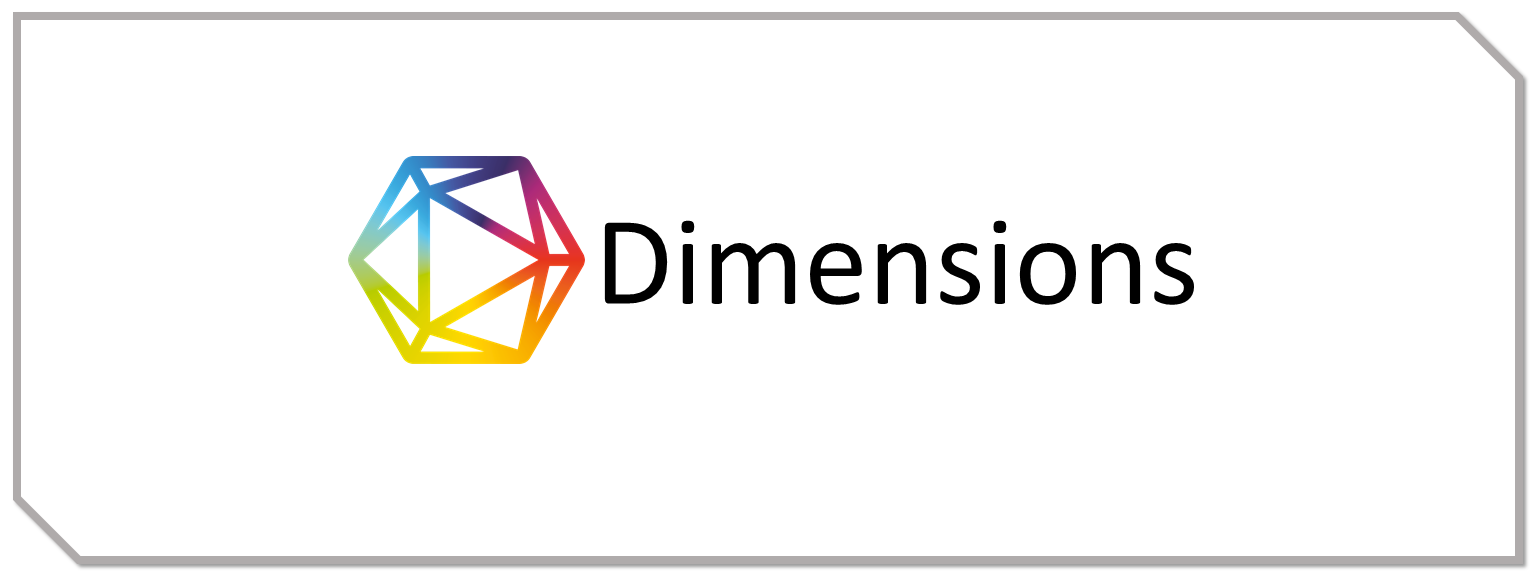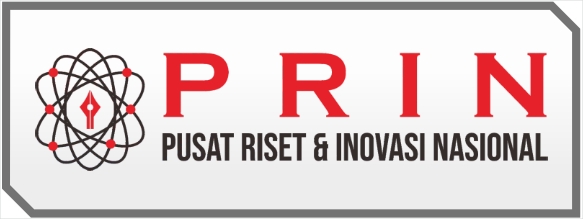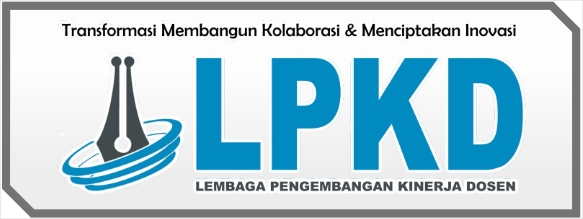IMPROVING STUDENT’S MATHEMATICAL PROBLEM-SOLVING ABILITY BY USING MISSOURI MATHEMATICS PROJECT AT SMP NEGERI 4 MEDAN.
DOI:
https://doi.org/10.55606/jurrimipa.v2i1.807Keywords:
Missouri Mathematics Project, Mathematical Problem-Solving AbilityAbstract
This study aims to improve students' mathematical problem-solving skills through the Missouri Mathematics Project (MMP) model on the material of a Linear Two Variable System in grade VIII-6 students of SMP N 4 Medan as a subject or this research. The type of this research is classroom action research. The instrument used the collect the data are essay test and observation sheet. Before giving the action in initial test to 32 students obtained the average score is 50.46 with the classical completeness is 34.37% or only 11 students achieve the completeness criteria. The completeness criteria is the standard point that must be reached by students namely at least 65 and classical completeness is the standard percentage that must be reached by the class namely at least 85%. After given the action in the first cycle namely the implementation of MMP learning model to 32 students, obtained the average score is 63.9844 with the classical completeness 50% or 16 students achieve the completeness criteria. Then given the second cycle namely increasing MMP learning model, obtained the average score is 82.11 with the classical completeness 93.75%. Based on the observation done by teacher obtained that the point of second cycle is higher than the point of first cycle. Based on the average gain score, obtained that the average gain score in Cycle I test-Cycle II test is higher than Initial Test-Cycle I Test. From the result of research, can be concluded that the mathematical problem-solving ability of students can be increased or improved especially on the topic of Linear System with Two Variable by using Missouri Mathematics Project Learning Model
References
Ahghar, G. (2012). Effect Of Probleem-solving Skills Education on Auto Regulation Learning of High School Students in Tehran. Procedia Social and Behavioral 69, 688-694.
Ambrose, S. A. (2010). How Learning Works: Seven research- Based Principles for Smart Teaching. United States of America: Jossey-Bass.
Bahar, A. & Maker (2015). Cognitive Backgrounds of Problem Solving: A Comparison of Open-ended vs.Closed Mathematics Problems. Eurasia Journal of Mathematics, Science & Technology Education,11(6), 1531–1546.
Bingham, T. & Marcia (2010). The New Social Leerning : A Guide to Trasnforming Organizations Through Social Media. San Francisco: Berret-Koehler Publisher,Inc.
Branca, N.(1980). Problem Solving in School Matheamtics . New York: the NTCM,Inc.
Cockroft. (1982). Matheamrtics Count : report of the Comitte of Inquiry into the Teaching of Mathemattics in Schools. Amerika.
Depdikbud. (2013). Permendikbud nomor 81a tahun 2013 tentang implementasi kurikulum. Jakarta : Depdikbud.
Foshay, R. & Kirkley. (2003). Principles for Teaching Problem Solving. Plato Learning
Good, T. & Grouws, D. A (1979). The Missouri Mathematics Effectiveness Project: An experimental study in fourth-grade classrooms. Journal of Educational Psychology, 71(3), 355-362.
Goos, M. R. (2000). A Money Problem: A Source of Insight into Problem Solving Action . International Journal for Mathematics Teaching and Learning , 13 :1-2.
Hake, R. (1999). Analyzing Change/Gain Score. USA: USA.
Handayani, R. L. (2018). The effect of Missouri mathematics project learning model on students’ mathematical problem solving ability. Journal of Physics: Conference Series, Series 948 012046.
Kemmis, S. & Mc. Taggart , R.(1992). The Action Research Planner. Australia: Deakin University Press.
Kennedy, L. M. (2008). Guilding Children's Learning of Mathematics eleventh edition . USA: Thomson Wadsworth.
Mathematics, N. C. (1977). Position paper on basic mathematical skills. Arithmetic Teacher, 25(1), 19-22.
NCTM. (2010). Principles and Standards of School Mathematics. USA: National Council of Teacher of Matheamtics.
Nurkencana, W. (1986). Menjadi Guru Profesional . Jakarta: Bumi Aksara.
Polya. (1973). How to Solve It: A New Aspect of Mathematical Method (Second ed). Princeton: University Press.
Ridwan. (2013). Inovasi Pembelajaran. Jakarta: Bumi Aksara .
Sari, E. N. (2014). The Impact Of Independent Learning On Students’ Accounting Learning Outcomes At Vocational High School. Jurnal Pendidikan Vok asi.
Schoenfeld, A. (1985). Mathematical Problem Solving . New York: Academic Press.
Schoenfield, A. (1992). Learning To Think Mathematically : Problem Solving Metacognition and Sense makin in Mathematics . In D.A Grows (Ed), Handbook of Research on Mathematics Teaching and Learning. New York: Macmillan.
Sinaga, B. (2015). Upaya meningkatkan Pemahaman Konsep Matematika Siswa dengan penerapan Model Pembelajaran Koperatif Tipe STAD pada siswa SMPS Trisakti 2 Medan. Journal Inspiratif , vol. 1 No1:1-9.
Taylor, L. (1993). Vygotskyan Scientific concepts: Implications for Mathematics Education. Focus on Learning Problems in Mathematics,5, 2-3.
Vygotsky, L. S. (1978). Mind in Society: The Development of the Higher Psychological Processes. Cambridge, MA: The Harvard University Press.
















